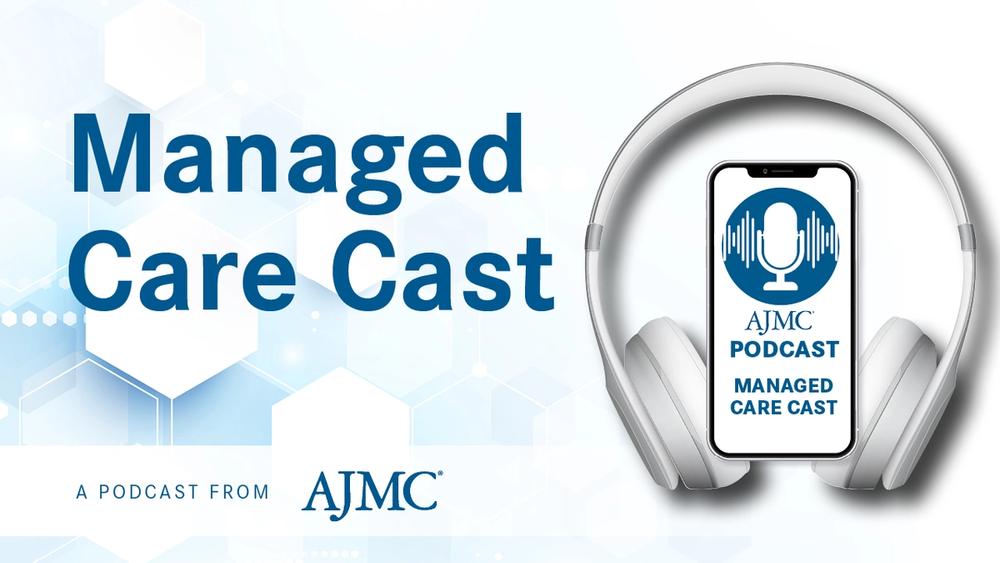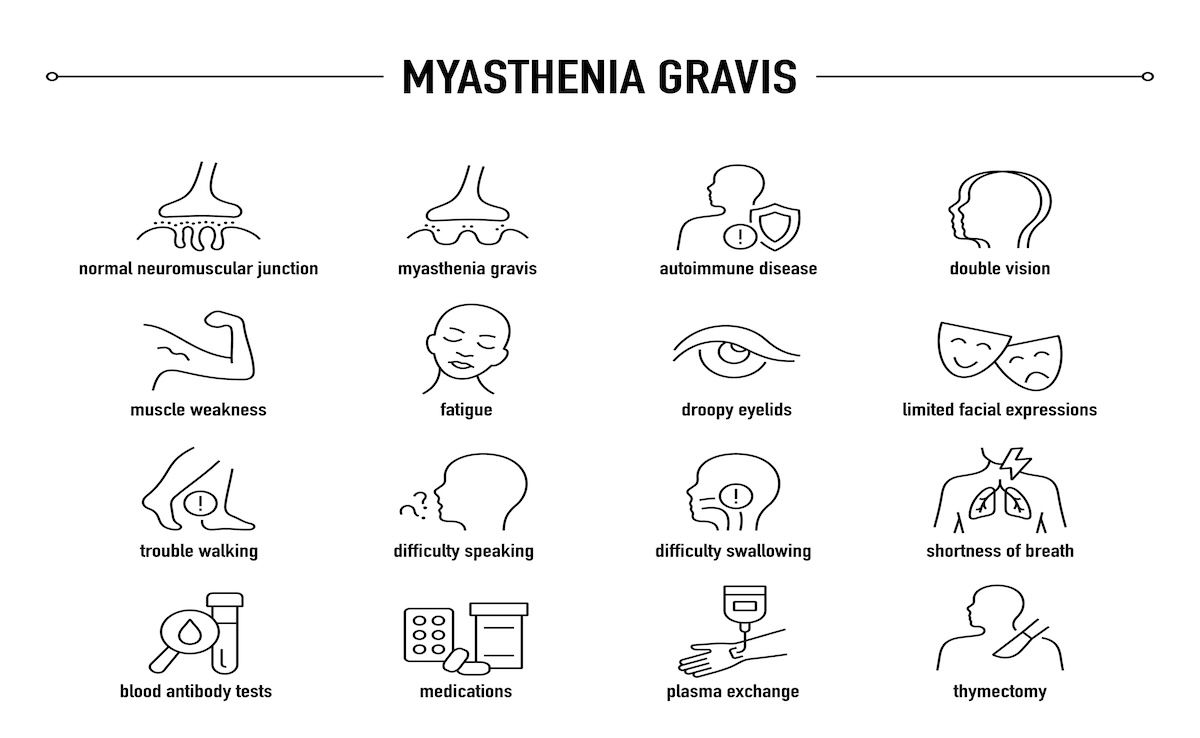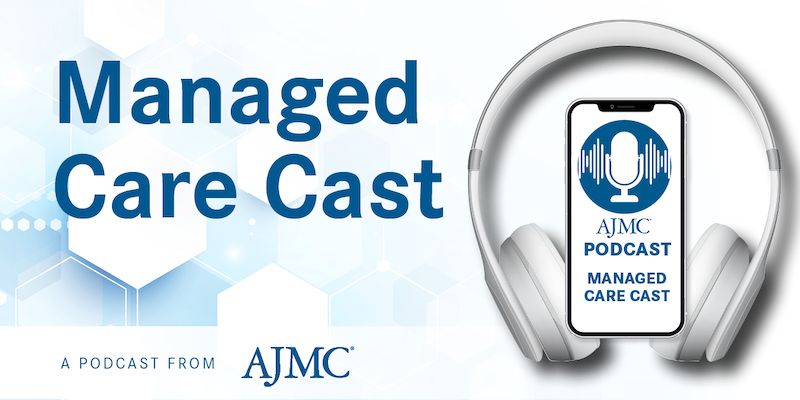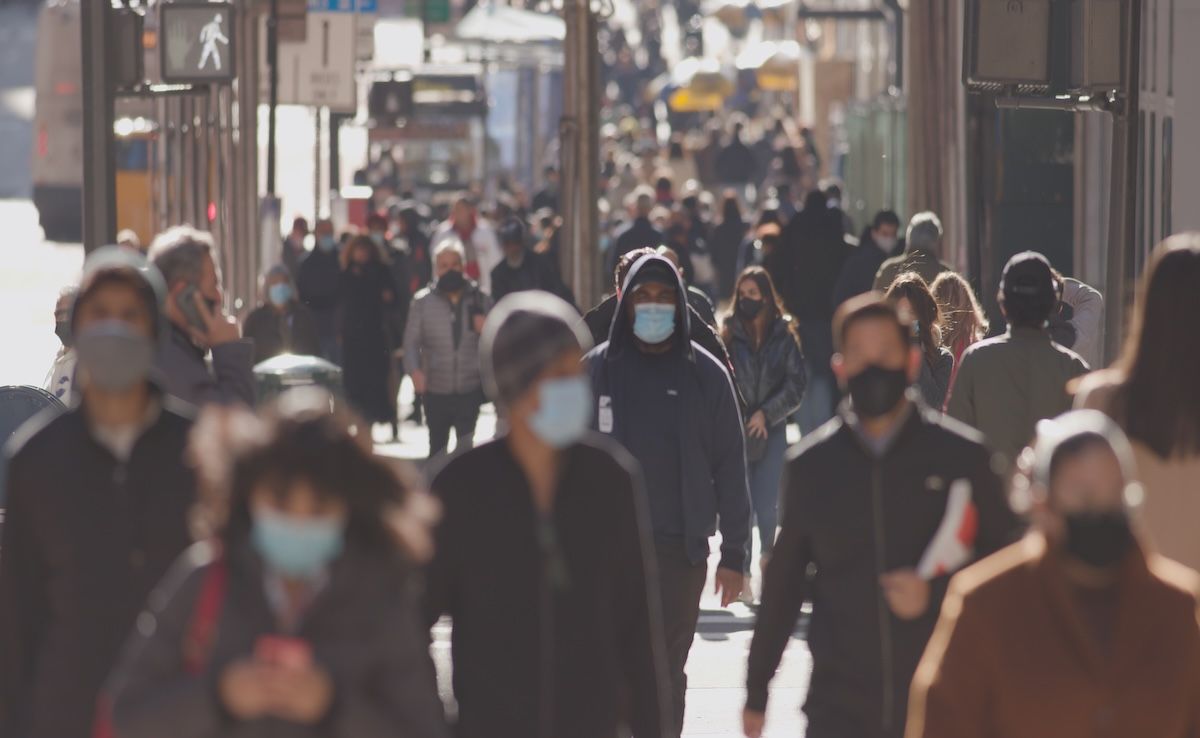Video
Dr Robert Dubois Discusses Tradeoffs When Allocating Healthcare Resources
As we think about the healthcare spending situation that we’re in now, it’s kind of like Groundhog Day the movie where Bill Murray woke up each morning and relived the same day until he made changes in his life and was able to move forward, said Robert Dubois, MD, PhD, chief science officer and executive vice president, National Pharmaceutical Council.
As we think about the healthcare spending situation that we’re in now, it’s kind of like Groundhog Day the movie where Bill Murray woke up each morning and relived the same day until he made changes in his life and was able to move forward, said Dr Robert Dubois, MD, PhD, chief science officer and executive vice president, National Pharmaceutical Council.
Transcript (slightly modified)
What are the tradeoffs that policymakers have to consider when deciding where to allocate healthcare resources?
As we think about the healthcare spending situation that we’re in now, it’s kind of like Groundhog Day the movie where Bill Murray woke up each morning and relived the same day until he made changes in his life and was able to move forward. We’ve had the same finger pointing and spending discussions for decades. When we had 6% of GDP going to health, and 10%, and 15%, and now 18%, we kept saying we must do something. During the same 30 or 40 years, we’ve also known there’s an awful lot of waste and low-value care in the system.
We’ve also put those types of questions off over and over and over. So, we’re living in our own groundhog world. Now, Einstein said that if you keep doing the same thing over and over again and are hoping for a different outcome, that’s the definition of insanity. I believe where we are today is that we can’t keep kicking the can down the road. We are running out of what I might call head room. We are running out of extra dollars to spend.
If we don’t solve this, what the tradeoffs will be is that we don’t have the type of extraordinary innovation that we’ve noticed even in the last year, whether its gene treatments for blindness or CAR T therapy to cure previously fatal leukemia, or its contact lenses that measure your blood sugar, or it’s artificial skin for burns, or its artificial tracheas for other conditions. If we don’t get a handle on these kinds of tough choices, we’ll end up in a scenario where we can’t have this type of innovation, and the care that patients really do need, they won’t be able to receive.

The Importance of Examining and Preventing Atrial Fibrillation




